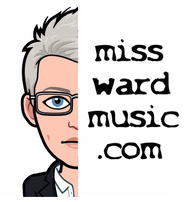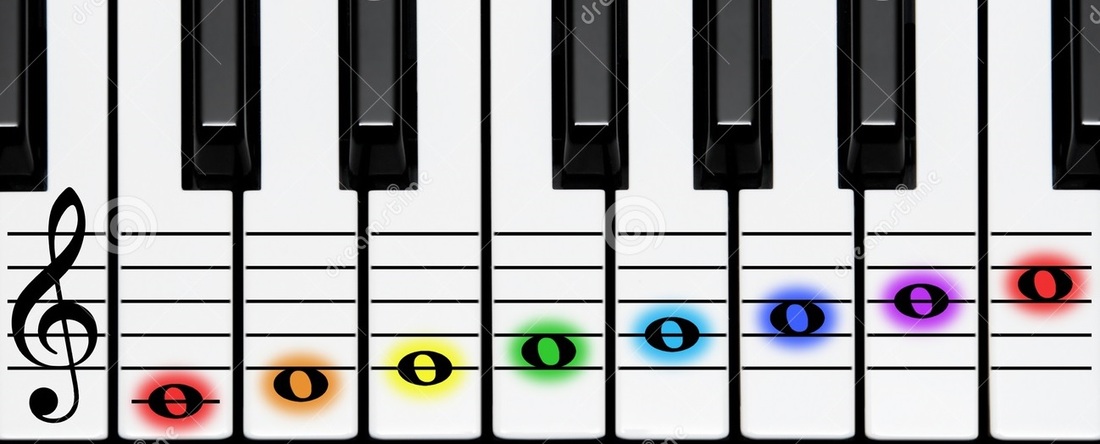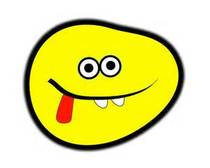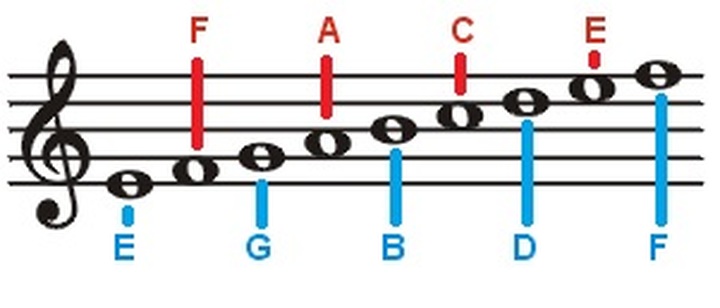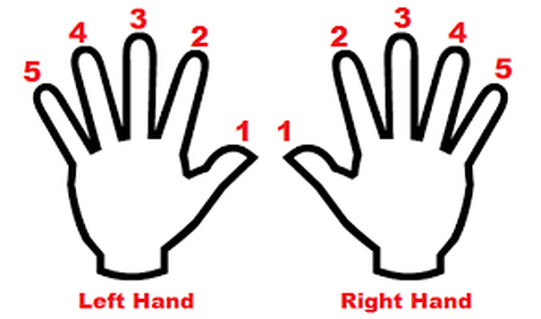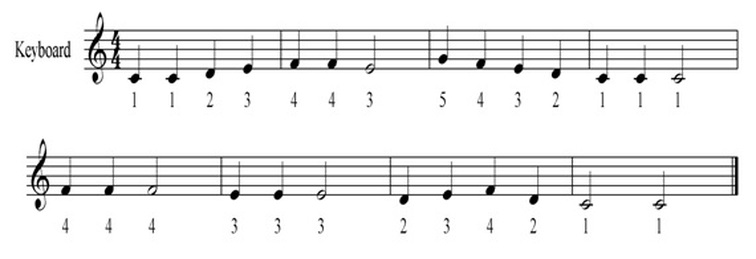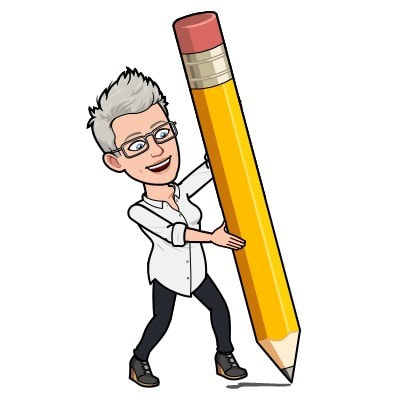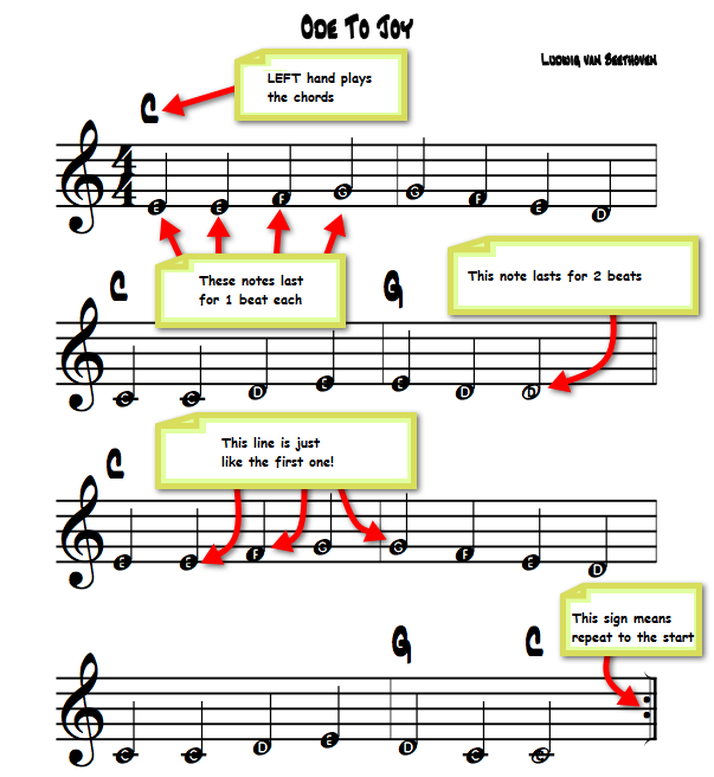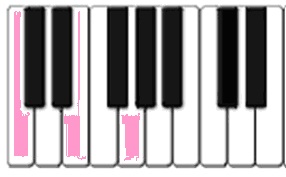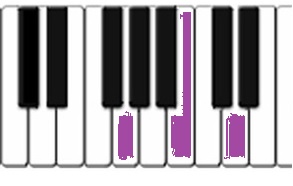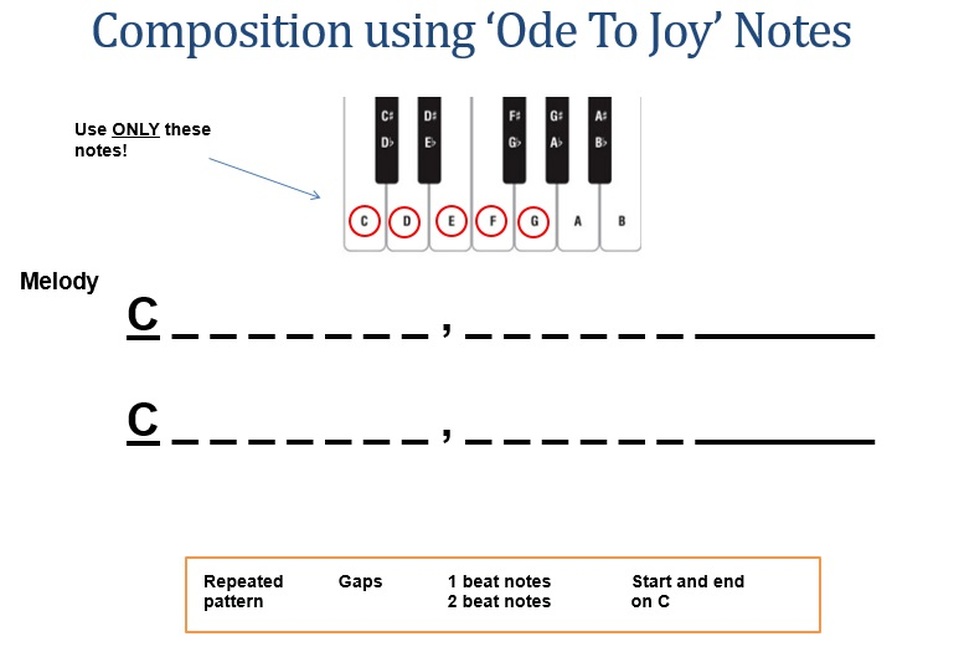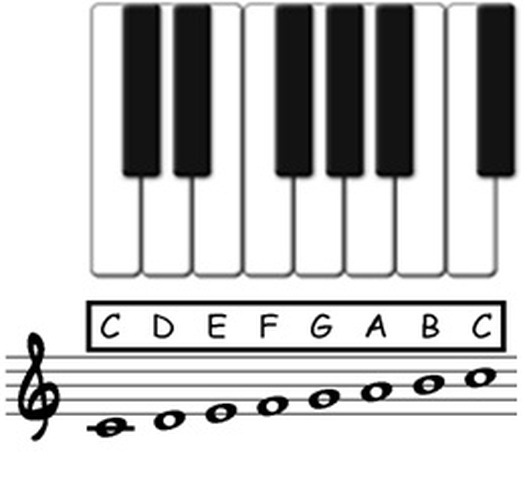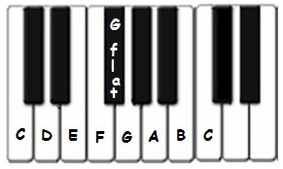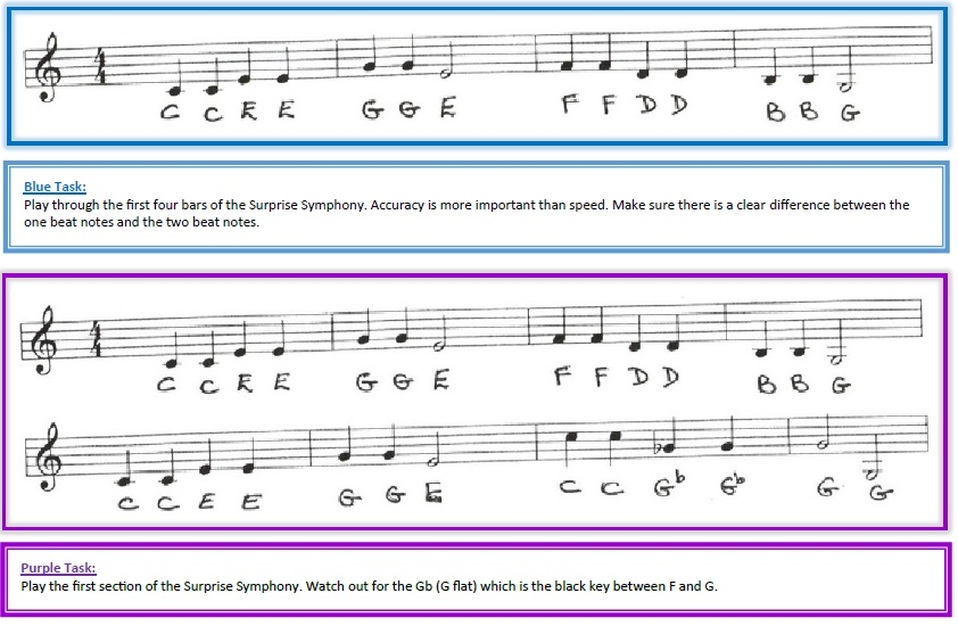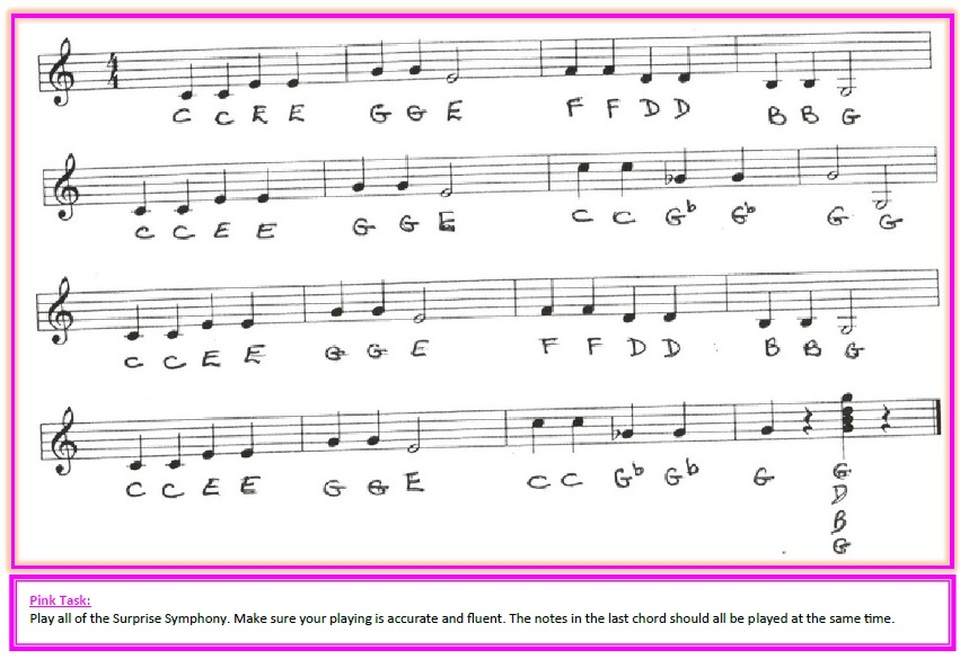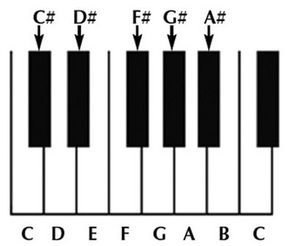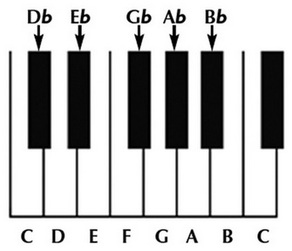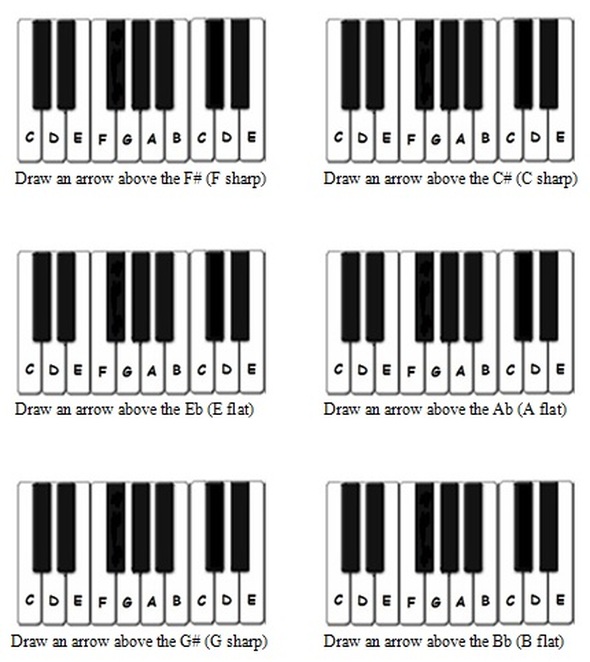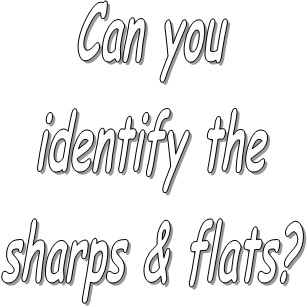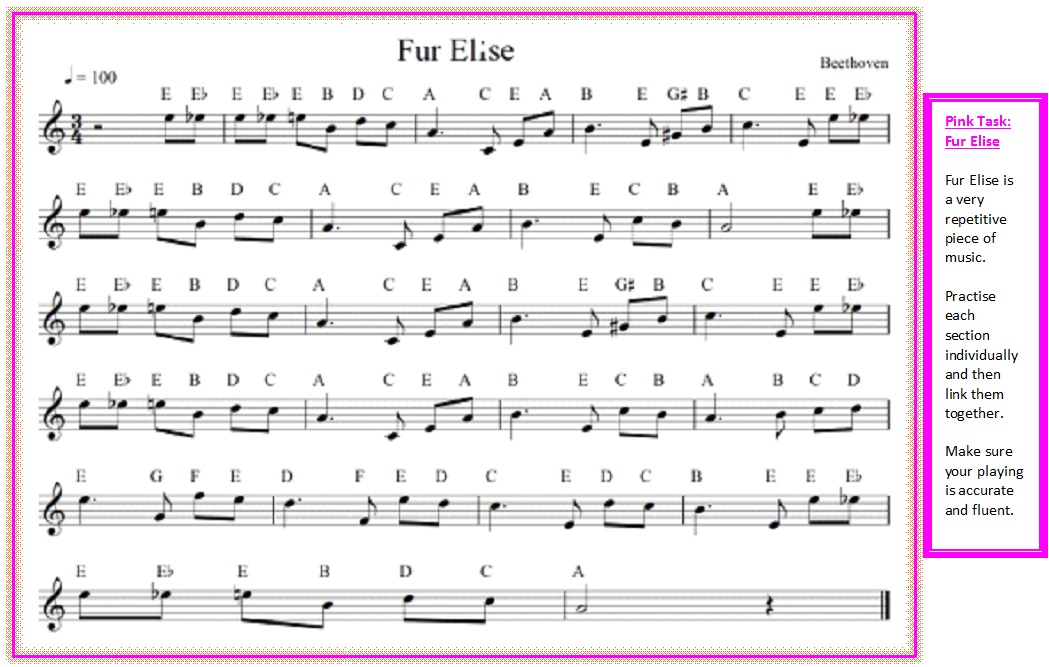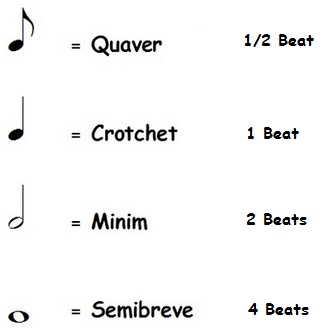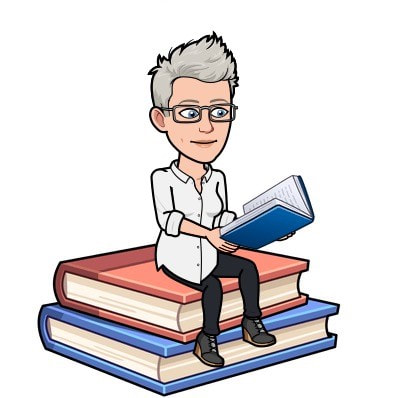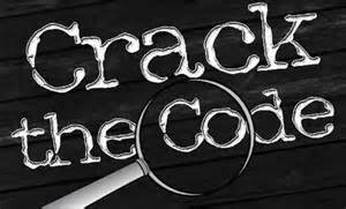When we talk about specific pitches in music, we use a musical alphabet. It goes like this...
C D E F G A B C
As each letter goes up, the pitch goes up by one key on the keyboard.
So that we know which pitch to play, we use a set of 5 lines called a stave. The squiggly symbol at the start of the stave is called a treble clef.
We'll start by looking at the notes in the spaces. There is an easy way to remember which notes go where - just remember, face in the space!
To learn which letters live on the lines, we use phrases. For example...
Each line and space on the stave is home to a letter of the musical alphabet. In the picture below, the space letters are in red, and the line letters are in blue.
Using the correct fingers
|
Have a go at playing this simple melody. Try to keep it in time, and check the rhythm (1 beat notes and 2 beat notes)
| |||
Pitch - Highs and Lows
2. Draw a small circle (one for each note place) to indicate the notes in the spaces (and label them)
3. Draw a small circle (one for each note place) to indicate the notes on the lines (and label them)
4. Draw a small circle (one for each note place) to indicate each of the notes below
** They should create a diagonal line, lower on the left, higher on the right **
Ode To Joy - Beethoven |
Here's the theme to Beethoven's 9th Symphony. It uses the same notes we played last week.
Blue Task: Play the tune - remember the different note values. Purple Task: Play the tune with your right hand and play the bass note (indicated above the stave) with your left hand. This note is held throughout the bar. Pink Task: To take the next step, try to play a chord under the melody, changing at the correct times. |
|
Chord of C |
Chord of G |
|
PINK TASK:
Play all 3 notes at the same time. This makes a CHORD. The chord will last the full length of the bar, until a change is indicated.
| ||||
| ode_to_joy_composition.pdf |
Pitch - Highs and Lows
|
You have already learned to read notes on the stave.
Remember "FACE in the space" and your own rhyme for the letters EGBDF. Now you are going to learn to play these notes on the keyboard. The musical alphabet ascends (moves up) one step at a time on the stave. It moves in the same way on the keyboard. |
|
|
Haydn
| ||
| surprise_symphony.pdf |
|
The Surprise Symphony uses a note we've not seen before...a G flat.
A 'flat' note is a half step lower than the original (natural) note. A 'sharp' note, is a half step higher. Flat notes are the black keys to the left of the note, Sharp notes are the black keys to the right of the note. G flat is written as Gb. |
|
Sharp and Flat
So far, we've only used the white keys on the keyboard. These are natural notes. The black keys are sharps and flats. We use sharps and flats if we want to make a note a half step higher or lower.
If we want it higher, we use the black note to the right, and it becomes a sharp. If we want it lower, we use the black note to the left, and it becomes a flat.
The symbol for a sharp is # and the symbol for a flat is b.
If we want it higher, we use the black note to the right, and it becomes a sharp. If we want it lower, we use the black note to the left, and it becomes a flat.
The symbol for a sharp is # and the symbol for a flat is b.
Fur Elise - BeethovenBeethoven's Fur Elise is based on semitones. Have a go at playing it...you should recognise the melody! Then, have a go at playing the full version (it's in your booklets!) Don't forget to self and peer assess...how can you improve your current level? |
|
| fur_elise.pdf |
Pitch - Highs and Lows
Pitch and rhythm on the stave
|
| ||||
